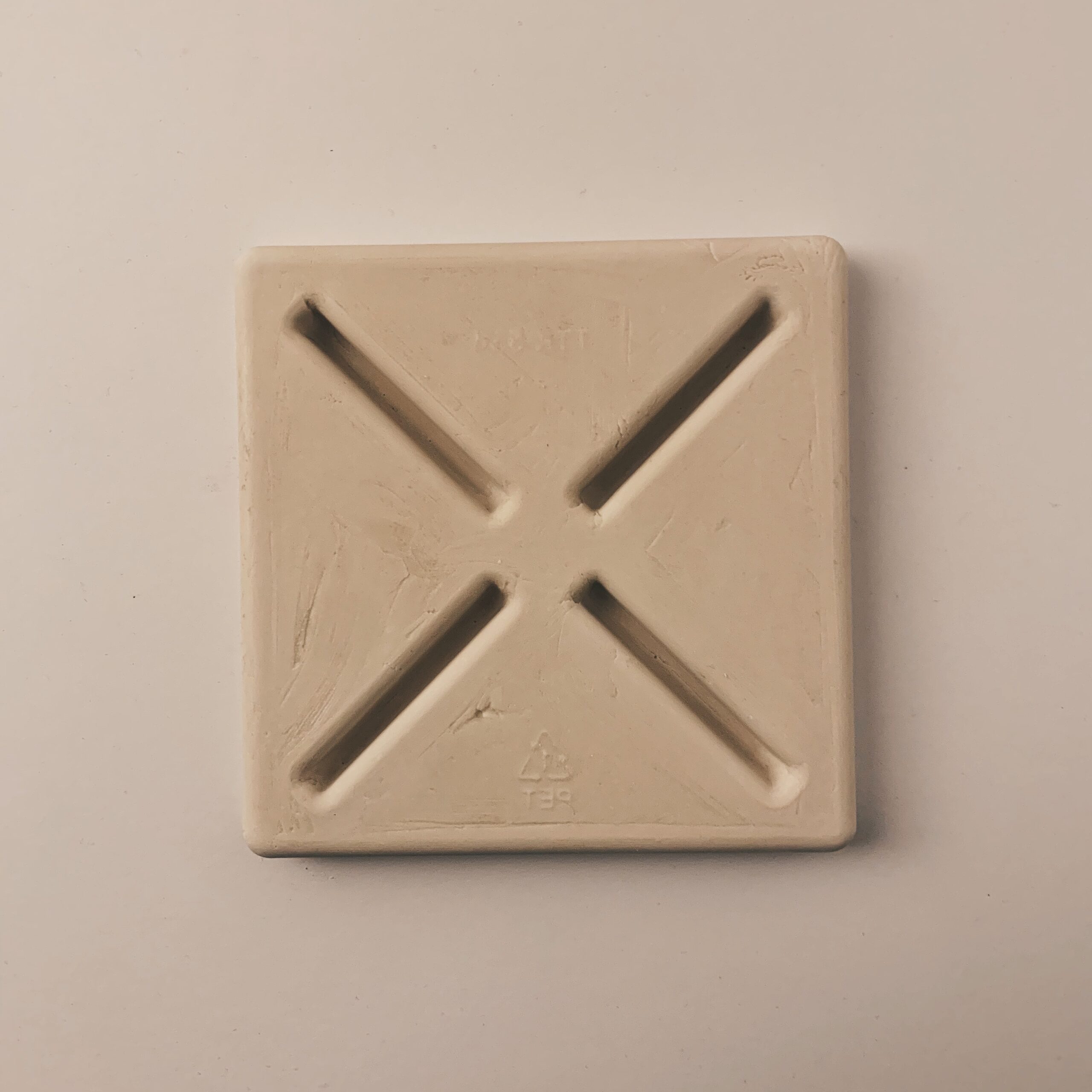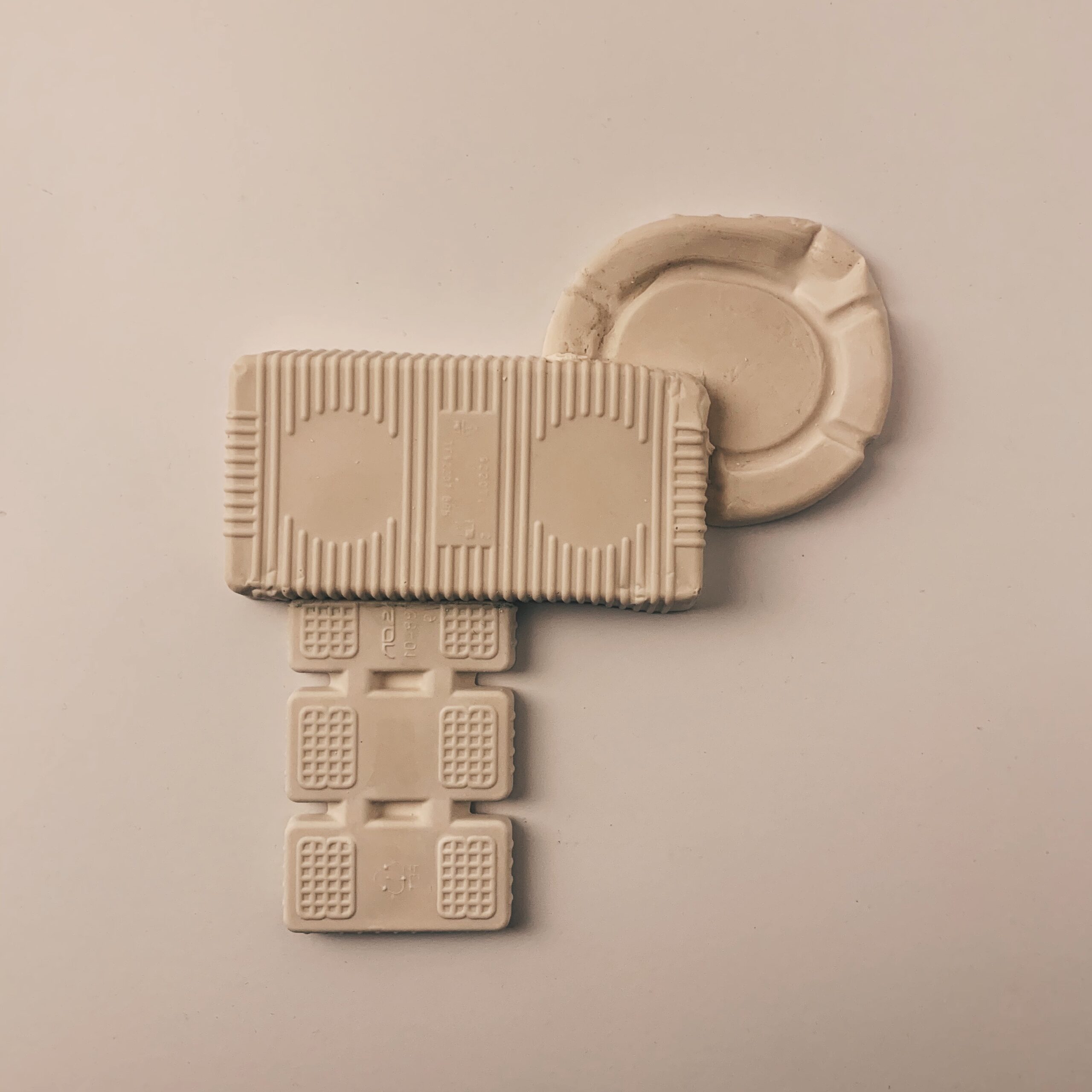




In today’s world, where consumerism is embedded into almost all world economies – and not just in developed countries, but now a global phenomenon – packaging, and it as waste, has become a global issue.
In the span of a year, over 300 million tons of plastic are produced. Of this, roughly 50% is for single-use purposes. Single-use plastics, employed in numerous products, across many industries, are synonymous with waste – often utilized for mere moments. It’s impossible to ignore the detrimental effects of such on our environment, occurring on a global scale. According to Plastic Oceans, an international non-profit organization, an estimated 10 million tons of plastic are dumped into our oceans annually.
The first man-made plastic was introduced to the world in 1862, in the Great International Exhibition in London, by Alexander Parkes. The metallurgist and inventor from Birmingham created what he named Parkesine. Derived from cellulose, the bio-based substance could be moulded to any shape when hot, and when it cooled, it hardened, retaining its shape. Despite discovering one of the most important materials ever created, he never found his fortune here. He did, however, spark the minds of countless inventors who, over time, worked relentlessly, perfecting formulas, and adapting the material, allowing it to become the most widespread building compound in the world.
The 20th century stood witness to a revolution in plastic production. Within a number of decades, plastic quickly gained popularity and, as an industry, increased in size dramatically. Being an affordable, yet highly desirable, material, its presence and application in the daily lives of people around the globe grew exponentially.
In the food industry, it became vital. The material was not only cheap and versatile but also worked effectively in storing food – allowing produce to travel further and stay on the shelves for longer. In time, we grew not only to appreciate this, but to expect the convenience it provided. Thus, as global demand grew, food systems became less local. Greater amounts of food became processed and the packaging industry, in tandem, had to develop in order to keep up, and keep food fresh tasting and edible. Whilst packaging is essential to meet the needs of people, and accounts for a huge proportion of global trade, it holds little concern for the environment – on which it has such a significant impact.
Despite plastics clearly being a problem at the end of their life, it’s important to state that at almost every stage of their lifecycle, including their production and refinement, greenhouse gases are emitted.
In this collection, which I’ve titled ‘Trash’, I’ve taken a series of casts of plastic food packaging from products that I’d bought, ate and went on to discard. Completed in plaster of Paris, they seek to represent the lasting impression that plastic has within our environment, lasting for several hundred years (post disposal), juxtaposing its incomparably short working-life. In doing so, this acts as a continuation and development of my earlier work on party poppers.
Visually, I have to credit Rachel Whiteread, who I’ve studied in the past. I’ve always admired the simplicity of her work, and her considerate treatment of her subjects. Her work, typically in the form of casts, endeavour to highlight and expose what’s not present – making the invisible visible, often taking an impression of the space that surrounds an object.



